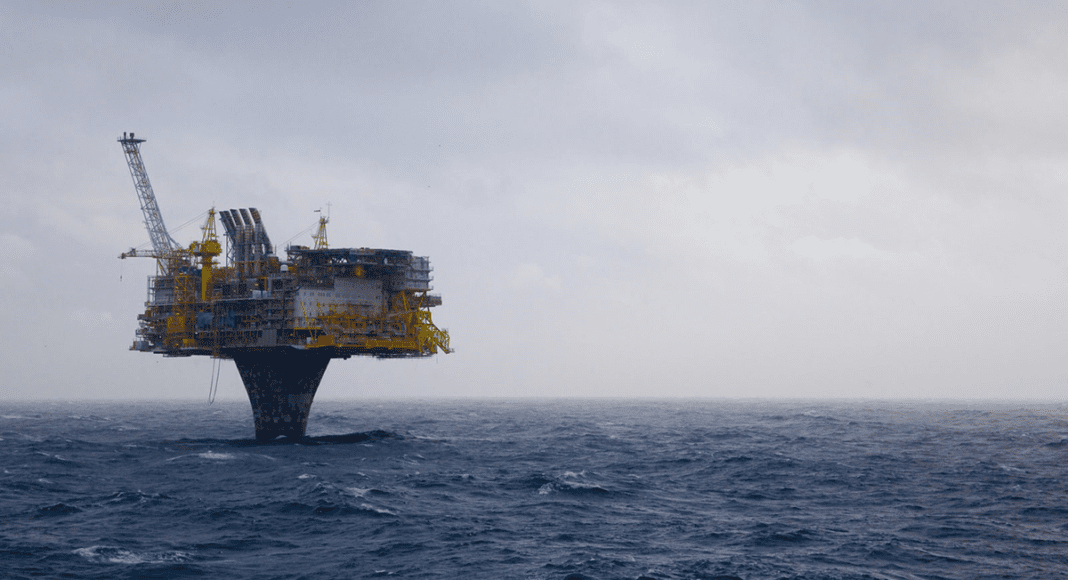UK-based global energy consultancy group Wood Mackenzie says it will be a noteworthy year for the North Sea – companies will increase production for the first time since 2017 and the outlook for both exploration and investment is looking healthy.
The region will remain a global hotspot for deals as the corporate landscape continues to evolve. Crucially, the North Sea will also see major steps towards decarbonisation.
Neivan Boroujerdi, Wood Mac’s principal analyst, North Sea upstream, said: “The buzz that saw US$15 billion worth of assets change hands in the North Sea last year – despite global activity falling to its lowest level in two decades – will continue into 2020.
“Private equity-backed companies will now be thinking about exiting. When combined with a continuation of the Supermajor sell-off, it means there could be bargains to be had in the UK.”
The North Sea has been a key source of disposals for the Majors (US$20 billion in the past three years alone), and with big divestment targets still outstanding, more will come.
“Some of the Majors have already upped sticks, and while most of those still here remain committed to the region, they have mature fields that could be better off in another operator’s hands. The rationale for taking undercapitalised assets and increasing recovery is still there,” Boroujerdi said.
Boroujerdi said that outside of the West of Shetland, the Majors are unlikely purchasers.
“Tight capital budgets mean shareholders will not reward further North Sea acquisitions. Instead, expect smaller independents and new International and even financial players to step up,” he said.
Explorers will target 5 billion barrels of oil equivalent of unrisked resources. The wells will typically be drilled close to existing infrastructure, and in mature areas, as companies look for quicker payback from exploration campaigns.
“The exploration renaissance we witnessed in 2019 will continue. While elsewhere globally exploration budgets remain suppressed, we expect to see 60 exploration wells in the North Sea which is flat year-on-year and similar to pre-downturn levels.
“Norway will see the most activity – with as many as 40 wells, including up to 10 in the Barents Sea.”
In Norway, Equinor, Aker BP and Lundin are the big players. While international Majors will be largely absent on the Norwegian Continental Shelf, they will operate over a third of the UK’s wells in 2020, highlighting there is still appetite from the biggest of companies.
Production boost
Wood Mackenzie also expects production to increase by 5% to 6 million barrels per day as companies ramp up key fields. Most of the increase will come from big fields that started up in 2019: Johan Sverdrup, Mariner and Culzean.
Boroujerdi said capital investment across the region should total nearly US$25 billion, roughly in line with last year. Norway will account for two-thirds of that spend.
“There will be an uptick in sanctions for projects, with up to 22 FIDs, from 16 different operators, in 2020,” he said.
“This correlates to US$15 billion of potential new investment. The supply chain will welcome the boost but not all projects will go ahead. Many have slipped from 2019, or earlier. Financing options will tighten. Projects will not only be scrutinised on economic terms, but on their environmental impact.
“Most new projects are short-cycle, high-return tie-backs, which will help them over the line. But it’s telling that the biggest North Sea FID will be Equinor and SSE’s US$12 billion Dogger Bank wind farm project.
“This huge offshore development is five times larger than the biggest upstream project likely to get sanction in 2020: Siccar Point’s Cambo at US$2.5 billion in capex spend,” he said.
It’s likely to be a sign of things to come.
“Government will hold fiscal policy steady across the region. But this stability may only provide short-term relief for the sector. We think there could be big changes on the horizon.
“The North Sea will be at the forefront of decarbonisation this year,” he added. “Harnessing renewables to address the carbon intensity of supply leads the way.”
Norway has ambitions to expand electrification outside of Equinor’s existing Utsira High (power from shore) and Hywind Tampen (floating offshore wind) developments.
While the UK sector lags behind Norway, the Majors will move ahead with ongoing feasibility studies for platforms across the Central North Sea and West of Shetland.
“Adoption at scale is key,” Boroujerdi said.
“While standalone economics from hydroelectric power from shore look good in Norway, repeatability in the UK and elsewhere isn’t possible. The economics of other projects will need to improve.
“Operating costs and carbon price savings, coupled with shareholder pressure, will need to offset the additional capital investment required.”
Source: Wood Mackenzie



